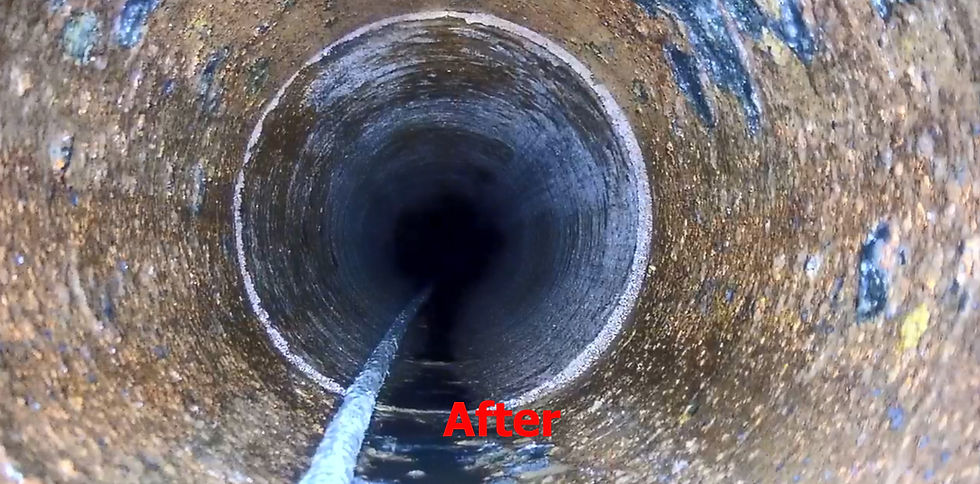Requirements for Pipeline Pre-Treatment in Trenchless Repair Techniques
- Layla Tong
- Aug 14
- 3 min read
Trenchless pipeline repair technology primarily involves rehabilitating existing pipelines from the inside. Before any repair work begins, it is crucial to pre-treat the interior of the pipeline. Different repair methods have varying requirements for this pre-treatment, and it is essential that the pre-treatment does not adversely affect subsequent construction activities.

Pipeline Renewal Process
The essence of the pipeline renewal process is to fragment the existing pipeline from within and then pull or push a new pipeline into place. This method does not impose stringent requirements on the internal surface of the pipeline. However, it is critical that the interior of the pipeline remains unobstructed to allow the smooth passage of pulling rods or steel cables.
Pipeline Repair Process
In contrast, the pipeline repair process involves the formation of a new liner within the existing pipeline. Depending on the specific repair technology employed, the method of inserting the liner varies. Key considerations for pre-treatment in the repair process include:
Removal of Obstacles: The interior of the pipeline must be free of any obstructions that could hinder the insertion of the liner.
Internal Surface Conditions: The requirements for the internal surface depend on the degree of contact between the liner and the original pipeline. For repair methods where there is a gap between the liner and the existing pipeline, such as the insertion method and mechanical spiral winding method, the internal surface conditions can be less stringent. The primary requirement is that the surface does not impede the liner's insertion.
Surface Cleanliness for Liner Adhesion: For methods where the liner must adhere closely to the existing pipeline, such as cured-in-place methods, the internal surface should be free from significant deposits, sharp burrs, or protrusions. The cleanliness requirements escalate based on the method employed, from mechanical spiral winding (less stringent) to cured-in-place methods (most stringent), which require a clean and stable surface.
Localized Repair Techniques
For localized repair techniques, particular attention must be paid to the repair section and the 500 mm range before and after it. The internal surface in this area must also be free from contaminants, sharp burrs, and protrusions.
Ensuring Structural Integrity
After pre-treatment, it is vital to ensure that the original pipeline does not contain any significant voids or severe leakage issues. While the primary focus of pre-treatment is the interior of the pipeline, it is important to consider the surrounding foundation, especially in cases where design or construction flaws have caused issues. Pre-treatment in such scenarios should include stabilization of the surrounding foundation to ensure the overall integrity of the pipeline.
Case Study: Successful Rehabilitation of a DN400 Water Main
A clean pipe is the foundation of a successful rehabilitation. We recently undertook a project involving a DN400 water main, where thorough cleaning was essential before installing our fold-and-form liner.
The images below illustrate the dramatic difference before and after cleaning the pipeline. This critical step not only ensured the liner could be installed seamlessly but also contributed to the overall effectiveness of the rehabilitation process.


By emphasizing the importance of pre-treatment, including cleaning, we can ensure a successful outcome for pipeline rehabilitation projects.
Conclusion
Proper pre-treatment of pipelines is a critical step in trenchless repair technologies. By adhering to these requirements and learning from successful case studies, the likelihood of effective repairs is significantly increased, ensuring the longevity and functionality of pipeline systems.




Comments